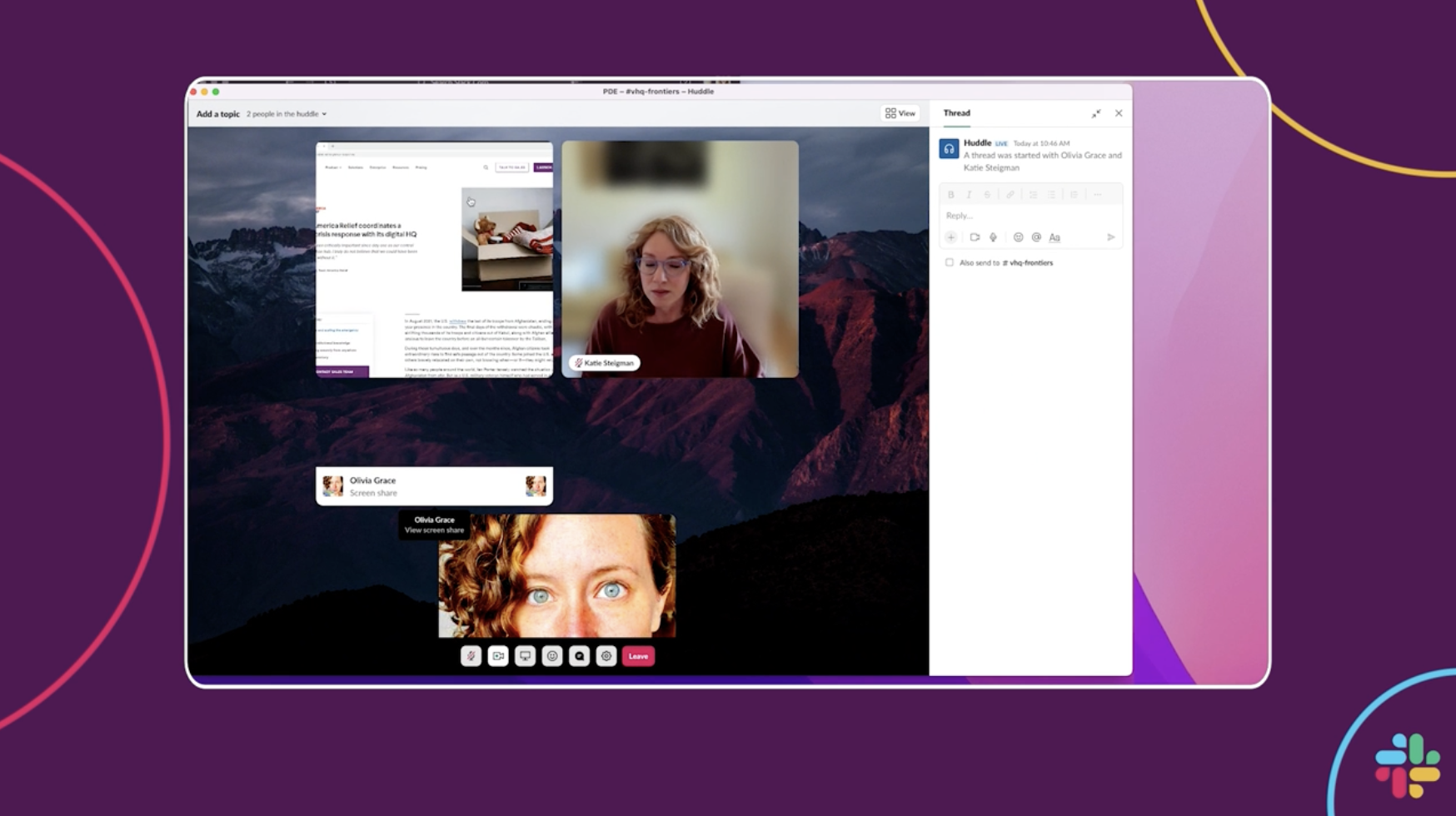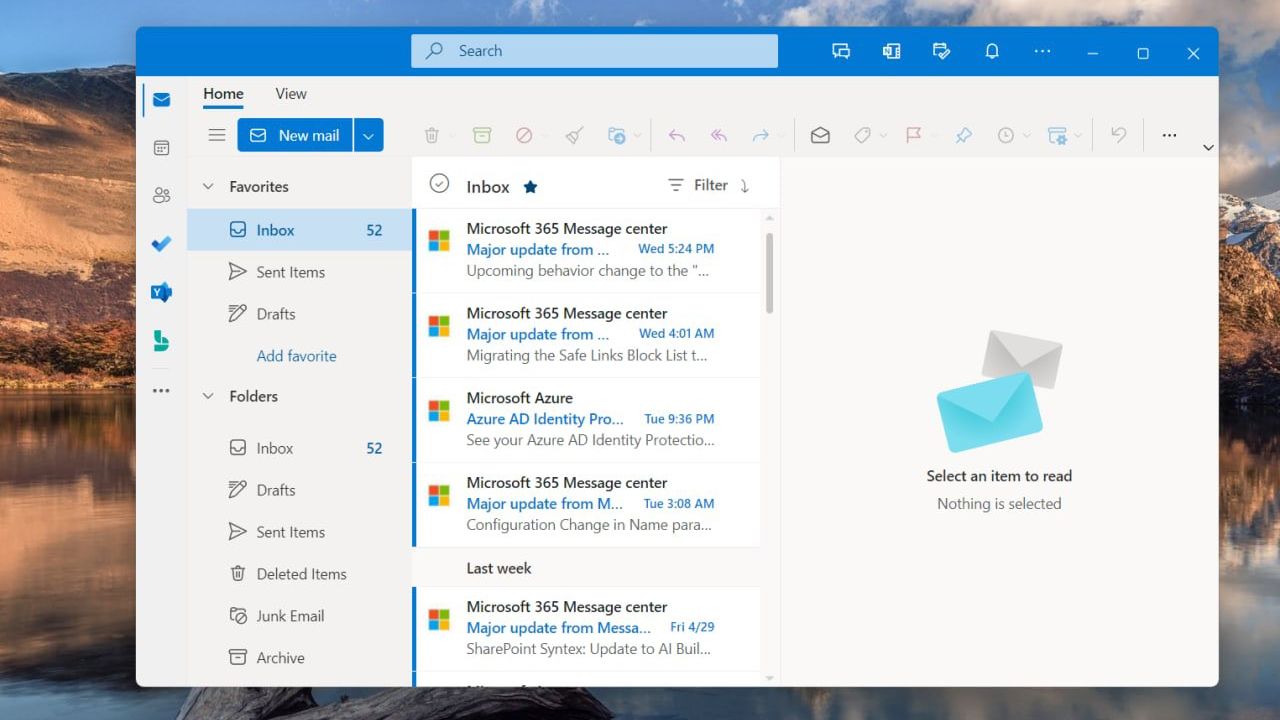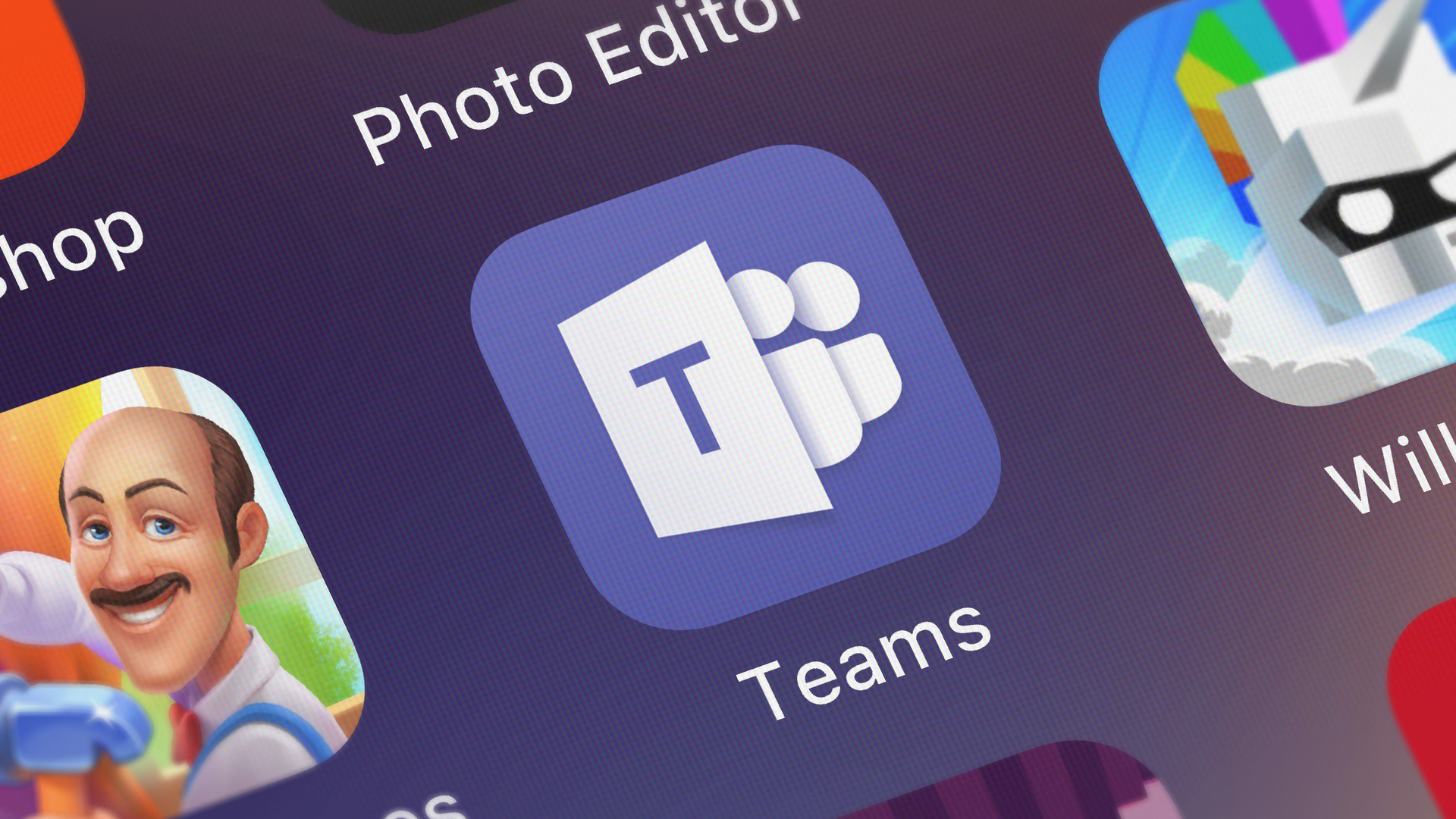Improve communication in your business
The right technology can revolutionise your business communication

Times have moved on since the office telephone was the mainstay of business communication. Paper memos are all but extinct, and even email is beginning to look long in the tooth. These days, there are smarter ways to talk. Voice calls over WiFi cut the costs of conversation, instant messaging apps are now enterprise-ready and video conferencing is removing geographic barriers. None of this stuff is expensive or hard to implement, and all of it can help your teams become more productive.
Large corporates have been enjoying the benefits of video conferencing and Voice over IP telephony for years, but it's the growth of consumer smartphone apps that has accelerated development and put the same tools in the hands of smaller businesses. Many of us already use apps like Skype, Facebook Messenger, Viber and WhatsApp for instant messaging and voice or video chat, but now the same technologies are powering business communications. Every laptop now has a webcam and all but the most basic smartphones or tablets have a front-facing camera. With Wi-Fi and 4G networks providing infrastructure, just add the right apps and services and you have everything you need to change the way your business communicates.
The Key Tools
The new way for business communications is centred on a handful of basic tools.
- Instant messaging services give you rapid, text-based communications that are both more instantaneous and more conversational than email, making them perfect for quick discussions or collaborative projects. Simply put, you can collaborate and get things settled faster, or respond more effectively when the situation demands it. What's more, business grade options are threaded, making it easier to keep track of multiple discussions, not to mention archive-able and searchable, ensuring that businesses can audit communications later for commercial, legal or compliance reasons.
- Voice calls over Wi-Fi can replace traditional telephony systems for internal use or for working with key clients or partners. With a range of different services and little interoperability there's a need to settle on a specific service. However, once you do, lower costs and the ability to make and take calls from different locations across different devices makes them more flexible a real boon if you have teams working from home or out on the road. What's more, it's easy to escalate calls into multi-person conference calls, putting big business capabilities within reach of smaller companies.
- Video calls augment voice-only conversations with a live video feed; ideal for situations where a face to face meeting isn't so practical. As with voice calls, it's easy to bring in more people. Set up a meeting in advance or call them in on an ad-hoc basis using instant messaging and you can have a virtual team meeting going in minutes, or have in-depth discussions with clients or partners without any travel involved. Sometimes face-to-face is the only way to go, but when it's not there can be serious cost savings to be made.
- Screen sharing tools take video calls one step further, enabling you to give a presentation, share a Web page or look at plans. File sharing tools do the same thing for files, but with the benefit that participants can not just view the files, but comment on them too.
Separate apps or all-in-one?
Sounds good? Well, there are two ways to get these tools working for you. One is to adopt individual apps or services. Skype, for example, can be harnessed for small businesses, with PC, tablet and smartphone apps, instant messaging, voice and video calls over Wi-Fi and live video chat for up to 25 users. It's even been integrated into Microsoft Office, so that you can collaborate on documents and chat in real-time without leaving the document. Slack is a popular choice for enterprise text chat, file sharing and instant messaging, while apps like O2 TU Go and O2 Just Call Me provide voice calls and video conferencing using your smartphone or your laptop over Wi-Fi for a low monthly cost.
Alternatively, you'll find all these tools and more bundled within Microsoft Office 365. Yammer provides integrated messaging and business social networking features to match Slack's. Skype for Business takes Skype's voice and video calling features to a different league, with scope for larger virtual meetings, enterprise-grade security features and the ability to make and take calls on one number, whether you're at your desk, on the road or working from home.
What's more, you benefit from the way these features are integrated into Office itself. You can kick off Skype for Business conversations from within Word or PowerPoint, and use contacts direct from your Outlook email and calendar apps. You can see, within Outlook, whether a contact is available and online, meaning you can switch from sending an email to instant messaging or a voice call. You can even schedule and start Skype for Business meetings without leaving Outlook. Picking Office 365 also gives you flexibility. You can use Skype and Yammer across your PCs, tablets and smartphones, so that wherever you are and whatever you're doing, you remain in touch.
Perhaps most importantly, picking Office 365 from O2 Business gets you service and support. If you have trouble configuring a feature, adding users or getting video conferencing up and running, there's a point of contact you can go to and get things fixed or even when you just need advice and information.
Whatever approach you take and whichever services you use, you'll be glad you made the shift. If you want an agile, streamlined and efficient organisation, embracing the new forms of business communication will help you get there.
Get the ITPro daily newsletter
Sign up today and you will receive a free copy of our Future Focus 2025 report - the leading guidance on AI, cybersecurity and other IT challenges as per 700+ senior executives
ITPro is a global business technology website providing the latest news, analysis, and business insight for IT decision-makers. Whether it's cyber security, cloud computing, IT infrastructure, or business strategy, we aim to equip leaders with the data they need to make informed IT investments.
For regular updates delivered to your inbox and social feeds, be sure to sign up to our daily newsletter and follow on us LinkedIn and Twitter.
-
 AI is helping bad bots take over the internet
AI is helping bad bots take over the internetNews Automated bot traffic has surpassed human activity for the first time in a decade, according to Imperva
By Bobby Hellard
-
 Two years on from its Series B round, Hack the Box is targeting further growth
Two years on from its Series B round, Hack the Box is targeting further growthNews Hack the Box has grown significantly in the last two years, and it shows no signs of slowing down
By Ross Kelly
-
 The future of huddles: Speaking to your workforce in the hybrid era
The future of huddles: Speaking to your workforce in the hybrid eraSponsored Working practices have changed, and so have the ways we communicate across our businesses
By IT Pro
-
 Slack adds multi-person screen sharing features to Huddles
Slack adds multi-person screen sharing features to HuddlesNews New co-working functions and live cursor features aim to boost virtual collaboration on the comms platform
By Bobby Hellard
-
 Microsoft silent patches called “a grossly irresponsible policy”
Microsoft silent patches called “a grossly irresponsible policy”News Cyber security company Tenable said that the tech giant is putting customers at risk after it found two bugs in Microsoft Azure analytics software, one of which users weren’t made aware of
By Zach Marzouk
-
 What we know about One Outlook so far
What we know about One Outlook so farNews One Outlook, known internally as Project Monarch, has been mostly kept under wraps by Microsoft
By Sabina Weston
-
 Enabling the future of work with embedded real-time communication
Enabling the future of work with embedded real-time communicationWhitepaper A new dimension of human interaction is coming to digital work
By ITPro
-
 Slack ends support for Russian users
Slack ends support for Russian usersNews A string of international sanctions prompted Slack to revoke access to its platform without warning
By Praharsha Anand
-
 Google to kill off Currents in favour of a more integrated Workspace
Google to kill off Currents in favour of a more integrated WorkspaceNews The Google Plus replacement meets its end just two years after launching
By Connor Jones
-
 Microsoft Teams now uses 50% less power than when it first launched
Microsoft Teams now uses 50% less power than when it first launchedNews It has been a long-term goal of Microsoft to make the Team experience equitable across high and low-performance hardware
By Connor Jones
